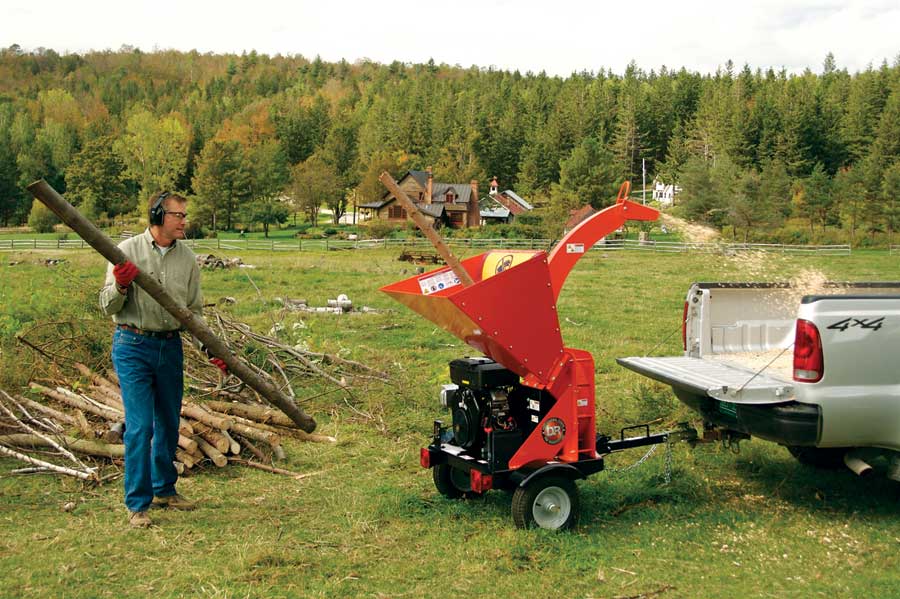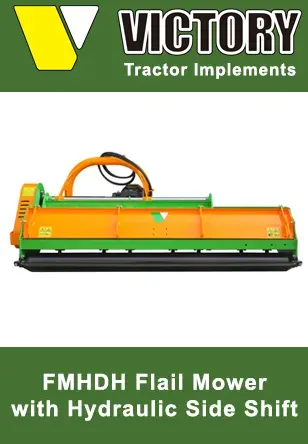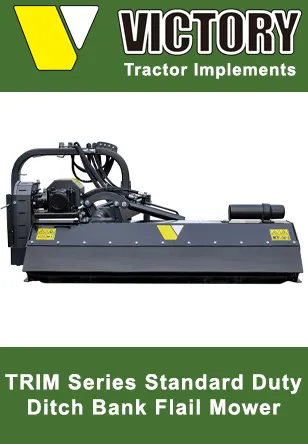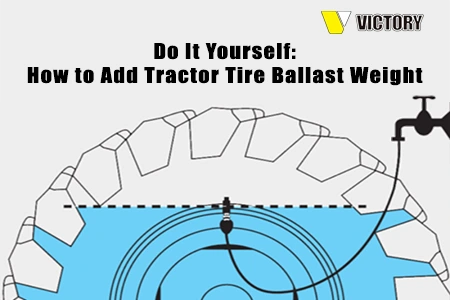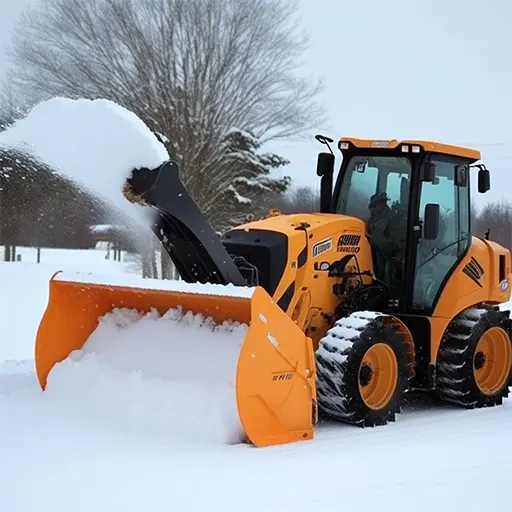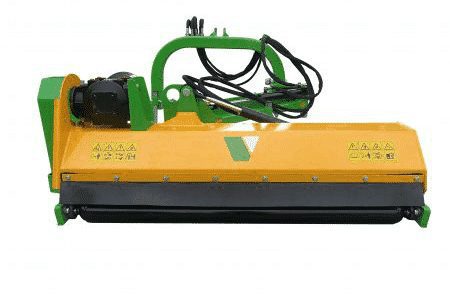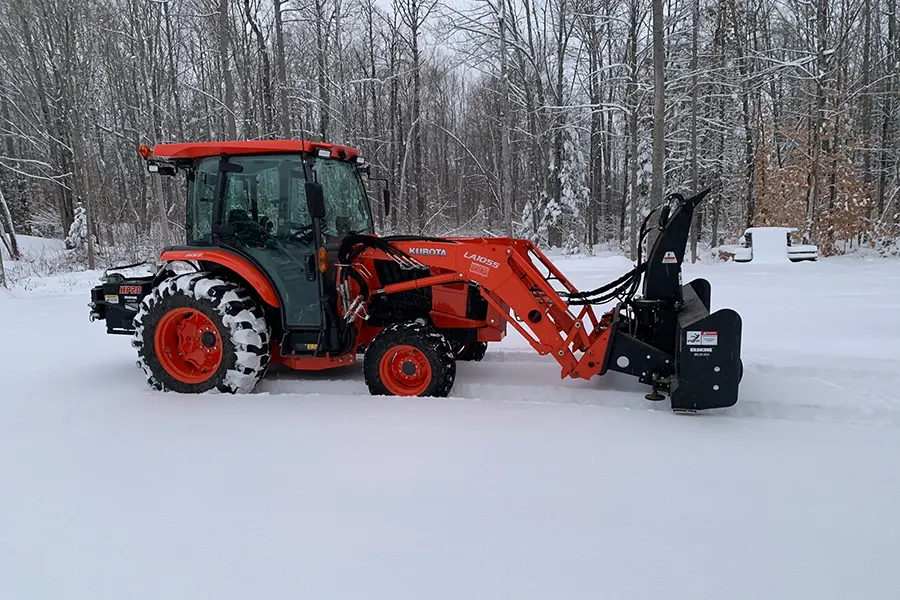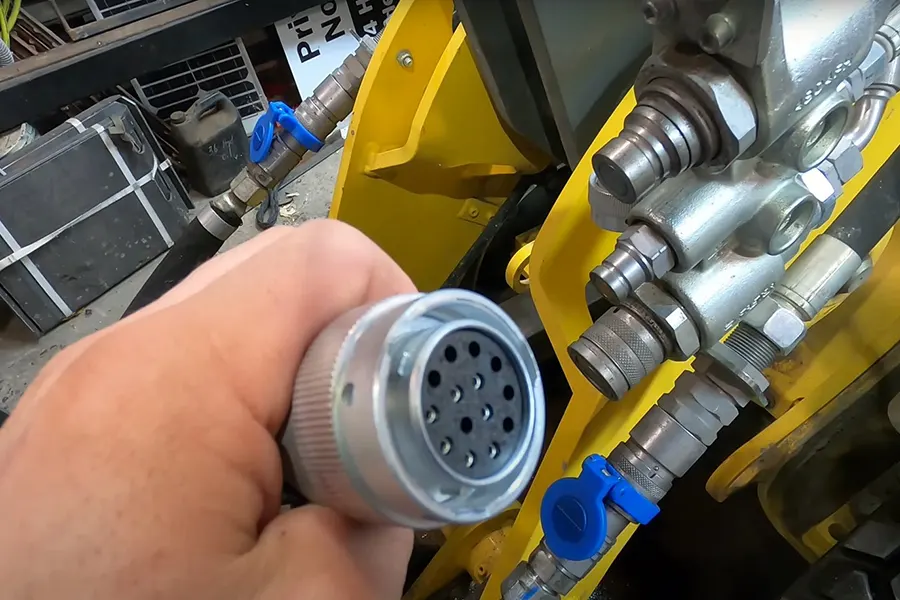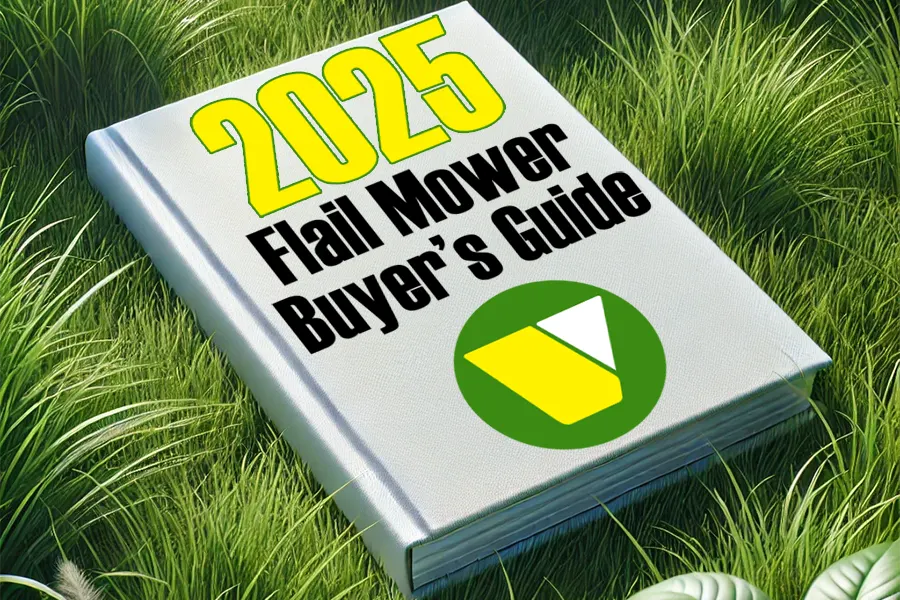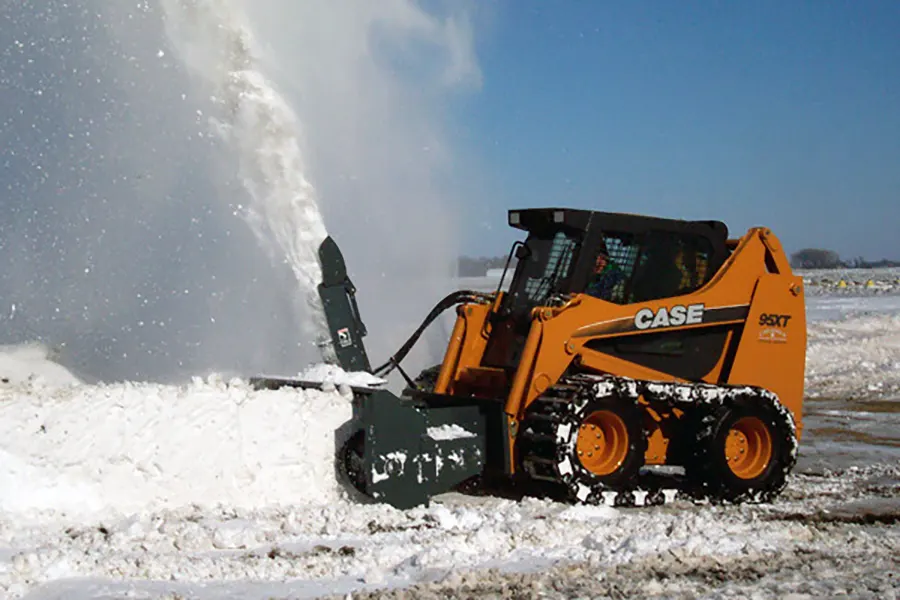A Practical Application
It’s surprising how some fallen branches and leaves can drastically transform your once-pristine garden landscape. If your yard is filled with leaves and branches, or you need to chop a tree and dispose of limbs, a wood chipper is a good investment.
Wood chippers can turn wood into valuable products such as mulch or wood chips. There are several types of wood chippers accessible. No one type is superior to another. Wood chippers differ in terms of quality, endurance, efficacy, and cost.
With that in mind, we’re going to discuss gas-powered vs. tractor-powered wood chippers, which one is best for you, and a buying guide.
So, let’s get into it!
How Does a Gas Powered Wood Chipper Work?
Regardless of size/brand, wood chippers work in the same primary way: an internal engine, perhaps an electric engine or a fossil-fuel motor, powers the machine.
A gearbox connects the motor to a series of knives via pulleys and v-belts. The pulley allows the engine to adjust the speed at which these blades move, while the v-belt transmits engine performance. Internal gears also contribute to speed and power regulation.
For processing wood, wood chippers typically feature two independent chutes. The first chute, the smaller of the two, shreds strands into chips. Second, bigger chute attributes blades and extra gadgets to convert extra plant substances into mulch.
New to Wood Chipping? We’ve got you covered. Head over to our post How a Wood Chipper Works to get started from the ground up.
Victory GTS 1500 S TEST
Is a Gas Powered Chipper More Cost-Effective?
Gas-run wood chippers are more costly than their electric counterparts. This applies not just to the cost of the machine itself but also to the cost of the fuel necessary to operate it.
But, a gas wood chipper has a far more powerful engine, allowing you to complete your work more quickly (beneficial if you have a more oversized yard to clean). That means it offers value according to the price.
Tractor-Powered or Gas Powered – Which One Is Best?
Workload
Gas-powered wood chippers are noisier, bigger, and heavier than electric models. But certain models can manage branches larger than 4 inches in diameter because they are more powerful and less likely to jam.
Tractor PTO powered chippers tend to outperform gas chippers when necessary to process branches 6 inches or larger. They are enormous and often quite powerful, allowing them to handle a wide range of jobs in the field.
Fuel Efficiency
Gas-powered wood chippers are driven by a gasoline engine. They are fuel-efficient, but still, there’ll be a need for fuel according to the task.
While PTO is a mechanism that transmits mechanical power from an engine to another piece of machinery, so, there’s no need for any fuel in tractor-powered devices.
Convenience
Gas-powered chippers come equipped with a tow hitch making them easier to transport with a wide range of vehicle types for those who do not have access to a tractor or prefer to maneuver with alternative power sources.
A tractor-powered device is maneuvered by directly attaching to the frame, allowing them to be readily moved around farms. As a result, they are appropriate to farmers and lifestyle block holders rather than small property owners.
Cost
Gas powered wood chippers tend to be priced slightly higher than their PTO counterparts when compared apples-to-apples in terms of chipping capacity, however the added flexibility of being able to maneuver independent of a tractor makes the cost difference negligible when considered over the long term.
Maintenance
Gas powered chippers have similar maintenance requirements as their Tractor powered counterparts with the primary difference being a fully self-contained motor and fuel source. As such, there are additional considerations that only apply to gas powered wood chippers.
Bottom line – although more complex than that tractor-powered chippers, maintenance is still relatively straightforward.
If you’re on the fence and still unsure of which type of model is best for your check out our post Self Feeding or Hydraulic: Which Wood Chipper is Right for Me?
Selecting the Best Gas Powered Wood Chipper – 5 Points to Consider!
Ease of Movement
There are many gas-powered wood chippers models in the market. You’ll need to get the one that is easy to move across your home and garden. Consider choosing the one according to your preferences, including tow hitch requirements and source vehicle capabilities.
Power Source
An internal engine, maybe an electric motor or a fossil-fuel engine, powers the machine. Buy a fuel-consuming chipper if you have to clean your garden. Often times, well known manufacturers such as Briggs & Stratton will supply the engine, so make sure your power source is coming from a reputable brand. For farmers/industrial use, tractor-powered machines will be suitable as well.
Weight and Capacity
The capacity and weight of a chipper you’re purchasing depends on the size of the trees that you’ll use it for. Domestic wood chippers typically have a capability of 2.5” inches and larger. Check the operating HP (horsepower) to make sure you have enough power to efficiently get the job done. We suggest taking note of the average diameter of the branches put into the chute.
Hopper Dimensions
Your chipper should have the right size hopper, depending on your area. This means you need to consider the overall size when choosing a model. For those who don’t know, the hopper (also known as feed chute) is the part that you load with all the material you want to chip.
You would be amazed how many people consider this as an afterthought only to run into storage and transport issues later. Choose wisely!
Engine
Consider buying a good engine wood chipper that can handle your area effectively and is known for the kind of workmanship that will last a lifetime. Saving a few bucks on the front end only to replace it later is just not worth it.
Victory Tractor Implements MDWC-1500 Motorized Disc Wood Chipper (successor to GTS-1500)
The Takeaway
Whether it’s a tractor-driven or a gas-powered chipper, no one is superior. Both are suitable on their own terms. Therefore, this device is essential for everybody who often finds themselves clearing large amounts of brush and wants to make the job easier with less blood, sweat and tears in the process. With the exception of the occasional blade replacement due to wear, when made with care, this is a purchase that will last a lifetime.

Victory Tractor Implements is proud to offer a wide range of products including flail mowers, wood chippers, rotary tillers, and backhoes, all designed to be connected directly to your tractor’s PTO for maximum efficiency and performance. In addition, we also offer winter equipment such as snow plows and snow blowers, designed for use with skid steers.
We source all of our equipment directly from the manufacturer and pass the savings on to our customers. As always, the team is standing by to answer any questions to assist with your decision. Victory support can be reached directly at (562) 534-8182 or sales@etractorimplements.com

